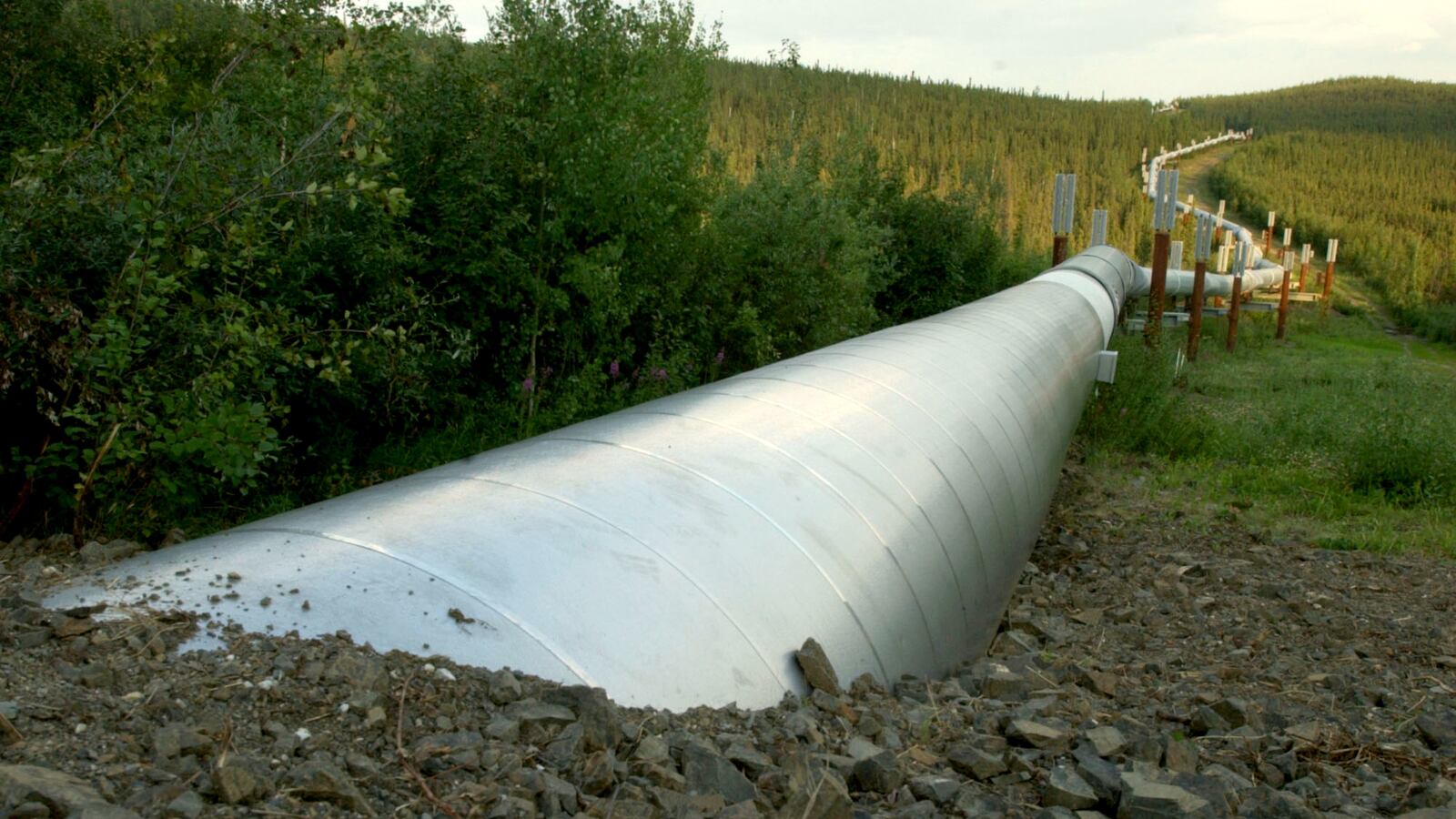Railroads help oil producers avoid the problems created by environmentalists blocking new pipelines, but at what cost?
As MEG and other oil-sands producers ramped up production in recent years, analysts started to warn of a looming glut—maybe as soon as 2020—if new pipes weren't built out of Alberta. When U.S. output started to soar more recently, the bottleneck came early.
Immediately after Mr. Moe started at MEG early last year, he set to work to figure out how to get around it. One answer was railroads.
Last year, MEG joined forces with Canexus Corp., a Canadian chemicals producer with a small railroad terminal near MEG's oil-storage facilities north of Edmonton. Today, MEG sends a few trucks a day to the terminal.
They pump their haul of diluted bitumen into tanker cars in the terminal's loading yard, thick with the smell of petroleum. Each night, the cars are whisked away and connected to bigger trains headed south.
Giant earth movers and bulldozers are now leveling a site next to Canexus' yard to make way for a new, 3-mile-long circular rail track that can accommodate 118 tanker cars. When the $125-million expansion is finished later this year, the terminal will be able to ship 70,000 barrels a day, about 10 times its initial capacity.
Mr. Moe has also started looking at using barges to ship oil down America's water ways.
"You can get to literally every refinery that is in the U.S. south from the water," he says. MEG has now contracted out enough space on rail and barges to be able to ship all of its bitumen output—currently about 32,000 barrels a day—directly to refiners later this year, boosting its pricing power.
I don't buy the argument that killing Keystone XL will mean the end of tar sands mining in western Canada. That oil will be extracted and sent to markets, whether it's via new pipelines to the west, the northwest, the east, or the south. And if it's coming to market, don't we want it to be moved in the safest way possible?






